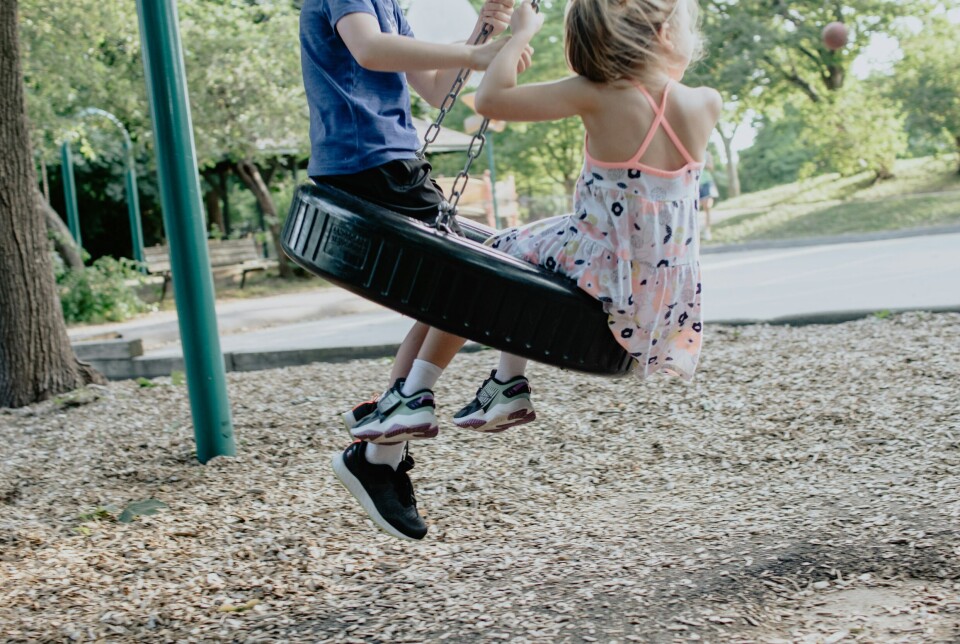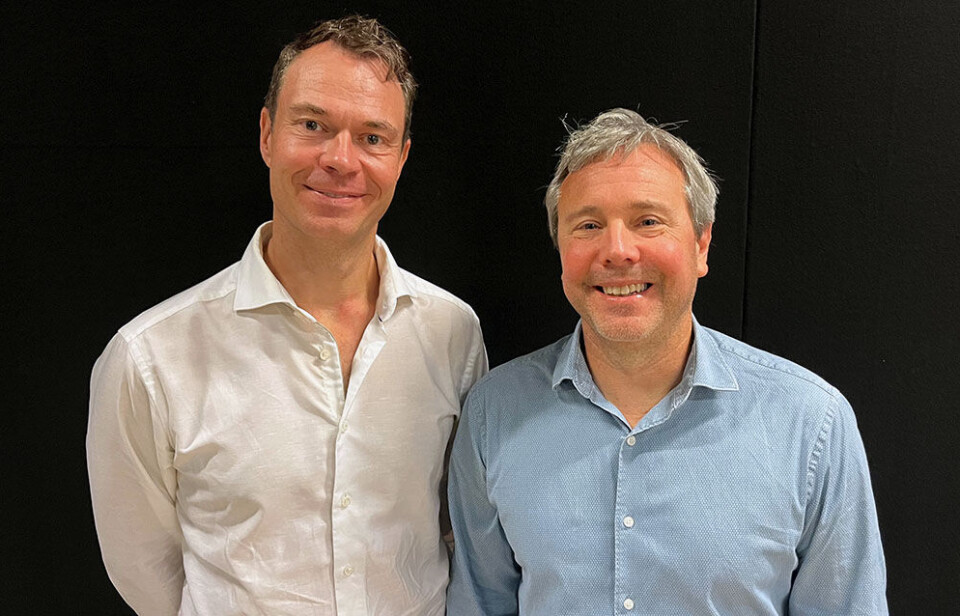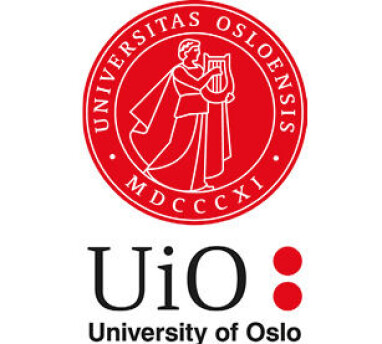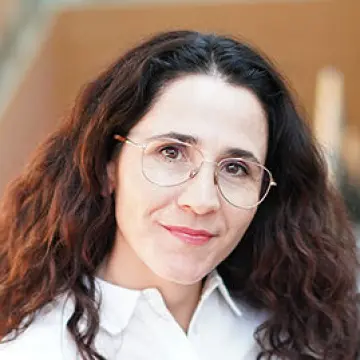THIS CONTENT IS BROUGHT TO YOU BY University of Oslo - read more

Why kindergarten matters for children growing up in poor families
Children in low-income families face higher rates of homelessness, food insecurity, and have fewer resources at home that are enriching for children. What can early schooling do for them?
After the pandemic, the gap between rich and poor has widened dramatically worldwide, and Norway and the United States are no exceptions.
In the USA, about one in five kids are growing up in families that struggle to afford even basic needs. In Norway, that number is around 11 per cent.
How does this impact children and their lifelong education?
In this episode, we talk with professors and psychologists Eric Dearing from Boston College and Henrik Daae Zachrisson from the University of Oslo about the challenges of growing up in a low-income family and the critical importance of high-quality preschool education.
The gift that lasts a lifetime
When looking at different families living in poverty, the ways they experience disadvantage can vary greatly. One family might struggle with housing, while another might face food insecurity.
“And it also varies for individual families over time. They may find ways to make ends meet one month and then be in crisis the next,” says Eric Dearing, a psychologist and professor at Boston College.
Dearing visited the University of Oslo in September 2024 to accept his honorary doctoral degree.
In general, however, children in low-income families face higher rates of homelessness, food insecurity, and have fewer resources at home that are enriching for children.
“We might find fewer books, a lower likelihood of having a tablet or some other access to the internet, and they're at greater risk of being exposed to environmental toxins. There are also tremendous differences depending on luck and bad luck,” he says.
Having a home – or not
The housing situation in Norway is different from that in the USA; homelessness among families with children is very rare. However, home ownership is low compared to the general population. Norway is a country where most people own their homes.
“We should emphasise that while we often talk about families living in poverty as a homogeneous group, some parents with little money will provide great homes for their kids and do everything in their power for them to thrive,” says Henrik Daae Zachrisson.
He is a professor at the University of Oslo's Department of Special Needs Education.
“It's very important to keep that in mind,” he adds.

The two psychologists have been working together for many years on early childhood education, social inequality in early education, and the consequences of childhood poverty.
Their research suggest that high-quality preschooling is a resource with the potential to truly transform lives.
Can education solve everything?
Education is widely seen as having the power to even out socioeconomic differences.
How true is that?
“I think it's true and not true,” says Dearing. “Education and loving care for children are key to equity and thriving. Any small efforts we make will lead to small improvements. Larger efforts lead to bigger improvements.”
“But the ways in which poor children are disadvantaged compared to children in middle-income families – even those not the most affluent – are dramatically different. The number of opportunities those children have is vastly greater than those in low-income and poor families,” he explains.
School readiness skills
“Even in Norway, if we compare children growing up in families where parents have few years of education or limited income to those growing up in more affluent and educated families, we find substantial gaps in all areas of what we call school readiness skills,” says Zachrisson.
These skills include self-regulation, the ability to focus and pay attention, organising thoughts and feelings in behaviour, as well as early reading and language comprehension abilities.
So, what experiences promote those skills?
“In Norway, kids from low-income families or those with less-educated parents who enter daycare before age two see great benefits from kindergarten,” says Zachrisson.
“Our early education programmes, which promote language development throughout early childhood and academic skills once the kids are a few years into school – even as early as first grade – make a real difference for these kids. We have very strong evidence for this in Norway,” he adds.
Among the active ingredients are a high proportion of educated childcare teachers, quality interactions in the childcare center, and ample availability of quality learning materials, to name a few.
Diversity of experience is critical
While researchers are still trying to figure out what the ideal early education and care environment looks like, plenty of qualified suggestions can be found in the available literature.
“We also know that conversation with adults is critically important. Having chances to playfully learn – having child-led opportunities where adults follow the children more than the reverse – and providing many diverse opportunities to enrich their experiences are crucial,” says Dearing.
He notes that diversity of experience is really critical, and so is a warm and loving environment.

This content is paid for and presented by the University of Oslo
This content is created by the University of Oslo's communication staff, who use this platform to communicate science and share results from research with the public. The University of Oslo is one of more than 80 owners of ScienceNorway.no. Read more here.
More content from the University of Oslo:
-
Putin’s dream of the perfect family
-
How international standards are transforming the world
-
A researcher has listened to 480 versions of Hitler's favourite music. This is what he found
-
Researcher: "AI weakens our judgement"
-
New, worrying trend among incels, according to researcher
-
Ship’s logs have shaped our understanding of the sea





































